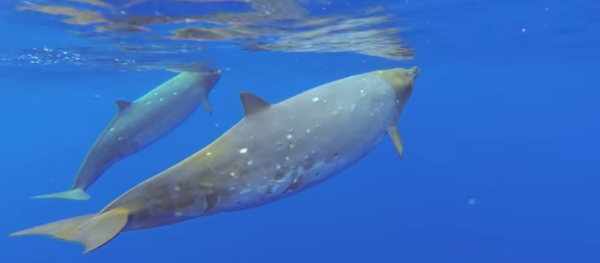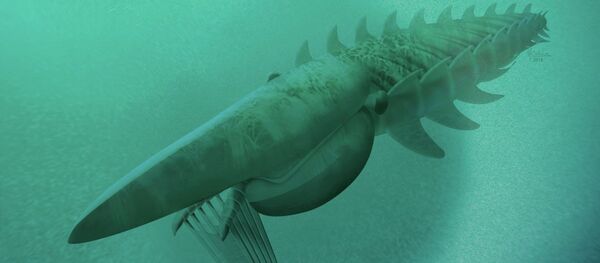In early March, the US National Oceanic and Atmospheric Administration [NOAA] claimed that more than 1,200 California sea lions had been admitted to rehabilitation facilities across the state, while the Marine Mammal Center in Sausalito said it has more of the animals at its hospital than ever before.
Last week it was announced that zoological employees from several animal parks in California had joined the effort to rescue and rehabilitate the pups, and the Sea World parks in San Diego and Texas have suspended their sea lion shows so that trainers could join the teams tending to the stricken animals. Sea World also said that it was in the process of constructing two temporary pools for the rescued sea lions.
"Each animal rescued is a puzzle piece to give us big-picture information on what’s happening in the marine environment and throughout the West Coast," said Justin Viezbicke, California’s Stranding Network Coordinator for NOAA Fisheries.
The resulting change in currents has led to a decline in the amount of cold water and fish, which usually come to the surface, making prey more plentiful and accessible. The mothers of the pups nurse their offspring on colonies off the coast of California for almost a year, but due to the lack of food, they have to travel further to find prey and leave their offspring for longer periods without sustenance. As a result, the pups are being forced to leave the colony to look for food themselves, before they are capable of being out on their own.




